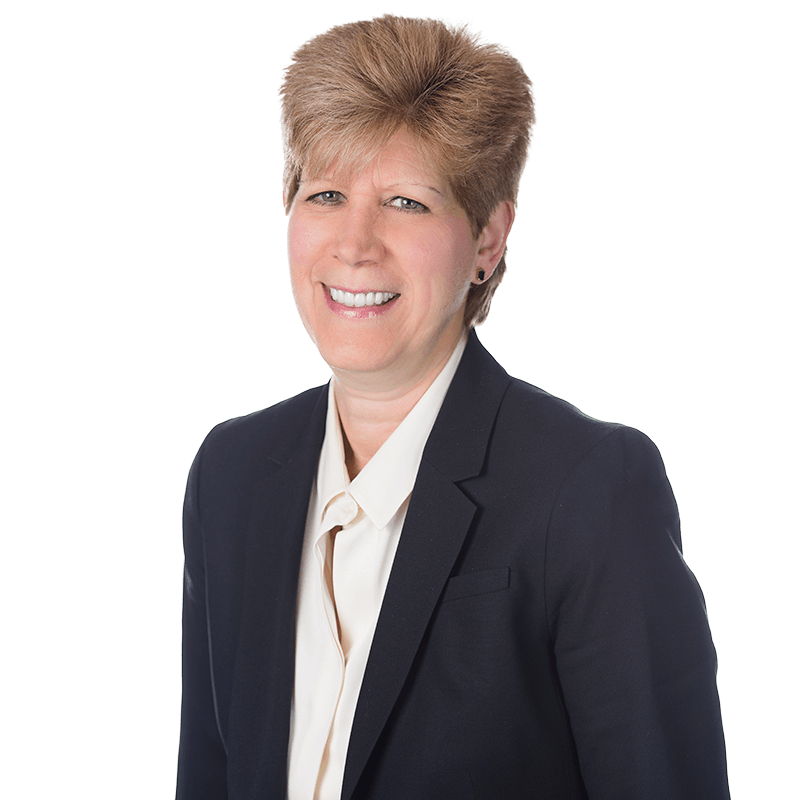February 19, 2020
The U.S. Chemical Safety and Hazard Investigation Board (“CSB”) amended and finalized the “Accidental Release Reporting Rule” at 40 CFR § 1604. This new rule creates new reporting obligations for accidental chemical releases under the Clean Air Act. A pre-publication version of the rule can be found at https://www.csb.gov/assets/1/6/prepublicationcopy2-3-20.pdf.
The CSB is an independent federal agency established in 1990 under the Clean Air Act Amendments to investigate certain types of accidental chemical releases and to propose safety measures “to reduce the likelihood or the consequences of accidental releases.”
The Accidental Release Reporting Rule requires an owner or operator of a stationary source to report any accidental release of a regulated or extremely hazardous substance, as defined by the Clean Air Act, which results in a fatality, serious injury or substantial property damage. The report must be made within eight (8) hours of the release and can be submitted by phone at (202) 261-7600 or email at report@csb.gov.
Key terms are broadly defined by the CSB pursuant to 40 CFR § 1604.2. For example:
- Facilities subject to the rule include “any buildings, structures, equipment, installations, or substance-emitting stationary activities which belong to the same industrial group, which are located on one or more contiguous properties, which are under the control of the same person (or persons under common control), and from which an accidental release may occur.”
- “Substantial property damage” means “estimated property damage at or outside the stationary source equal to or greater than $1,000,000.”
- “Serious injury” means “any injury or illness that results in death or inpatient hospitalization.”
- “Accidental release” is defined as an “unanticipated emission of a regulated substance or other extremely hazardous substance into the ambient air from a stationary source.”
- “Ambient air” includes “any portion of the atmosphere inside or outside a stationary source.” The definition of ambient air is broader than the existing EPA air quality standard which only refers to the portion of the atmosphere external to buildings.
With respect to the reporting requirements of the rule, the CSB determined that the prompt reporting of basic information is its highest priority. Given the gravity of the aftermath of a release, the report is intended to include information that is already known or immediately available to the owner/operator. Such information should include general information about the facility, the released substance, the nature of the release, any injuries or damage and the impact on the general public. Any additional information or details should also be included “if known” at the time of the report. The rule allows an owner or operator of the stationary source to revise or update information reported without penalty within thirty (30) days of the report’s submission, or up to ninety (90) days after submitting the report if the owner or operator explains why the revisions could not have been submitted within the initial thirty (30) days.
The CSB will refer any violations of this rule to the EPA for enforcement, which may include administrative penalties, civil action or criminal action. A one-year grace period is in effect during which the CSB will not refer reporting failures unless such failure to report is determined to have been intentional.
The final Accidental Release Reporting Rule will become effective within thirty (30) days of its publication in the Federal Register, which as of this writing has not yet occurred.
If you have any questions concerning the obligations required under the Accidental Release Reporting Rule please contact Randi Schillinger or Geri Albin.


